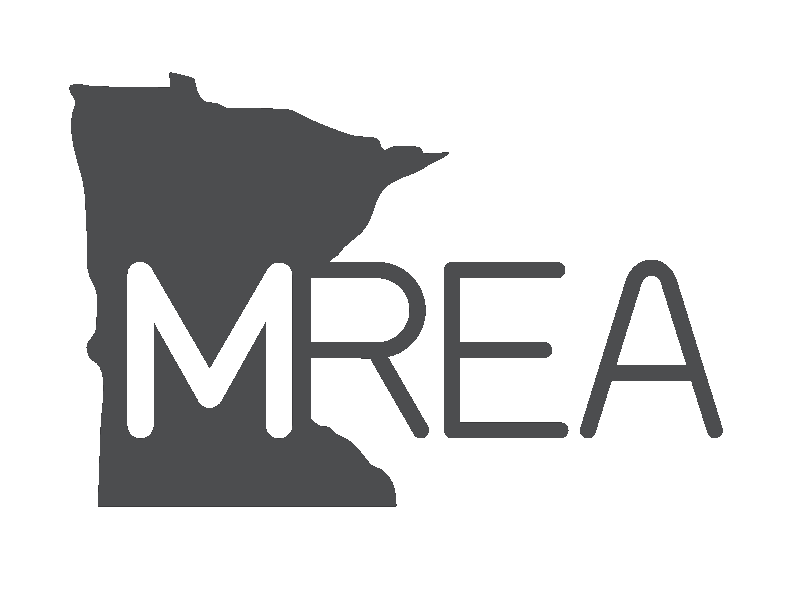Minnesota Rural Electric Association Charity Golf Tournament raises record amount for Minnesota burn centers

The event brings together line workers and electric cooperative employees, medical professionals and industry partners to golf together and help support these important medical facilities and the life-saving work they do.
“We are thrilled with the tremendous support at this year’s tournament for burn victims and those who give life-saving care,” Darrick Moe, CEO of the Minnesota Rural Electric Association, said. “We are deeply grateful to each golfer, sponsor and volunteer who contributed to help those in need.”
The Minnesota Rural Electric Association represents Minnesota’s electric cooperatives who collectively supply power to over 1.7 million Minnesotans. Electric utility linework remains one of the most hazardous occupations in the country, and this year’s tournament focused on raising awareness about the potential hazards, treatments and outcomes of electrical contact accidents.
“Sponsoring employee teams to participate in the MREA Burn Center Golf Tournament each year is one way Stearns Electric can bring awareness to the inherent dangers our line workers face every day,” Stearns Electric Association CEO Matt O’Shea said, “and also help ensure burn facilities in Minnesota are set up and prepared to provide crucial lifesaving measures at a moment’s notice.”
Since its inception in 2006, the Minnesota Rural Electric Association’s Burn Center Golf Tournament has been a beacon of hope, raising over $500,000 for burn centers at Regions Hospital, Hennepin County Medical Center and Essentia Health. These burn centers have been at the forefront of providing life-saving care to line workers who face inherent risks while serving their communities.
The Minnesota Rural Electric Association (MREA) is a nonprofit trade association serving Minnesota’s electric cooperatives. MREA provides legislative and regulatory representation, director and employee education programs, technical training for electric cooperative line workers, and serves as the focal point for cooperation among cooperatives. Minnesota’s 44 distribution cooperatives serve about 1.7 million Minnesotans in all 87 counties and operate the largest distribution network in the state with more than 135,000 miles of electric lines.
